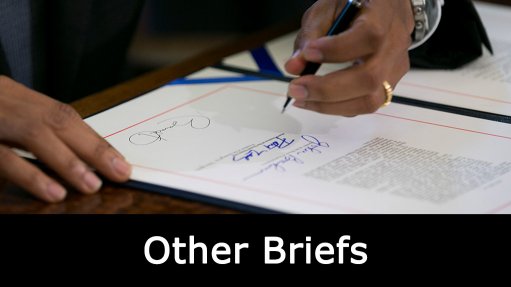
It often occurs that shareholders and directors are left with no option but to consider removing a director who is encumbering the business affairs of the company or simply deterring a transaction (i.e. a sale of shares transaction which requires a resolution by the board authorising the transfer of the shares). In such circumstances it is important to understand the conditions under which a director of a company may be removed in terms of the provisions of the Companies Act 71 of 2008 (“the Act”) or in terms of the companies Memorandum of Incorporation (“MOI”).
The removal of a director of a company can arise in three ways: (1) statutory removal by shareholders; (2) statutory removal by directors; and (3) removal in accordance with MOI.
In terms of section 71(1) of the Act a director may be removed by an ordinary resolution of the shareholders at a shareholders meeting. Section 71(2) of the Act requires however that prior to a resolution for the removal of a director being considered by the shareholders, the affected director must be given notice of the meeting and the proposed resolution to have him removed as a director. The affected director has to also be afforded a reasonable opportunity to make representations, either personally or through a representative, to shareholders prior to the resolution being considered and put to a vote. The ability of shareholders to remove a director applies irrespective of a provision to the contrary contained in the MOI, or an agreement between a company and a director, or even an agreement between any shareholders and a director.
Section 71(3) of the Act provides for the removal of a director by the board if there are more than 2 directors and one of the following grounds have been alleged by a shareholder or director –
a. the director has become ineligible or disqualified to act as a director in terms of section 69 of the Act;
b. the director has become incapacitated to the extent that the director is unable to perform the functions of a director and is unlikely to regain that capacity within a reasonable time; and
c. the director has neglected or been derelict in the of his or her functions.
Once the allegation has been made the board of the company must give the affected director a notice with the proposed resolution and a statement explaining the reasons for the resolution. Prior to any consideration on the resolution, the affected director must be given an opportunity to make representations to the board, either personally or through a representative, prior to the resolution being considered and put to a vote.
A company may in its MOI provide for certain mechanisms to remove a director. These mechanisms can be in addition to those set out in the Act. It must be noted that a provision in a company’s MOI which enables a director to have the power to veto any resolution may not be relied upon in order to prevent a removal by a resolution which is duly adopted.